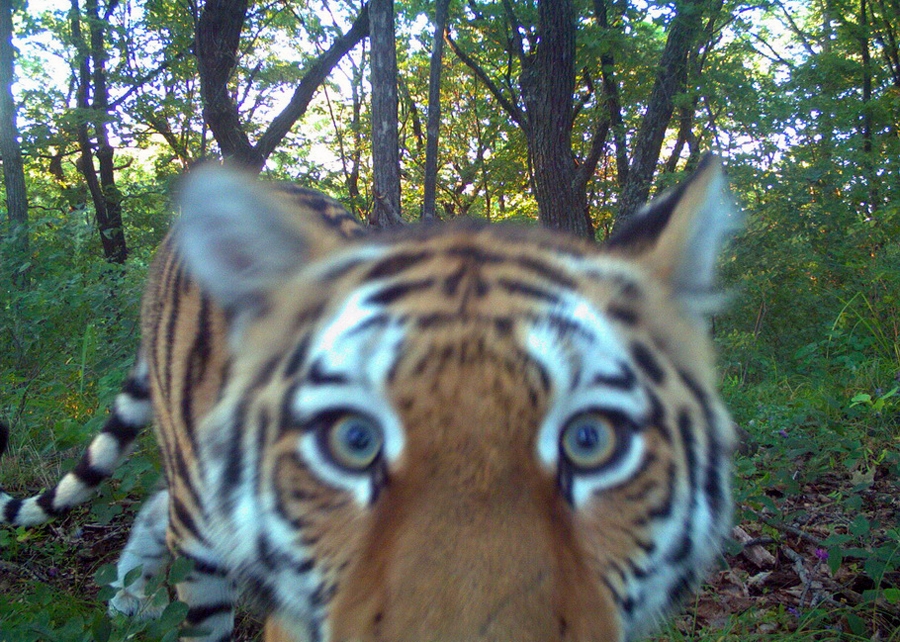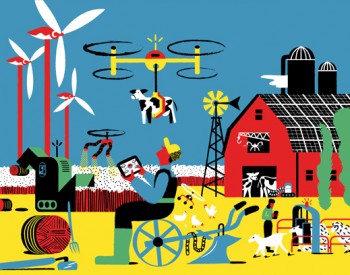Technological advancements have brought the world great things and hugely changed the way we live. Our planet is probably less happy with this development, and little explanation is needed there. Technology has made us more productive, efficient, and rich. But all that comes at a cost because now we drain the earth of its resources in order to produce the goods that fulfill our never-ending greed, keep our bellies full and our houses warm.
Of course, technology is not the problem. In the case of the environment, it is very likely that it will be part of the solution. That is why I want to present you with examples of how two of the most discussed technologies could help us protect the planet and its inhabitants.
Blockchain
In 2018, WWF in Oceania started a project to stop illegal fishing and slavery in the fishing industry using blockchain technology. Blockchain makes it possible for consumers to track the entire journey of their fish – or other products – which revolutionizes the current systems of approval and traceability. Exactly knowing where a fish came from should stop illegal fishing activities and protect the fishes population.
Artificial Intelligence (AI)
In China, the WWF and Intel are working together to protect wild tigers and their habitats using Artificial Intelligence (AI). One of the most important components of achieving this goal is being able to oversee in tiger population numbers and allocation trends. China was already using sophisticated camera traps, which trigger and make a photo when they detect movement, to monitor the tigers. The problem was that these cameras could easily be triggered accidentally, for example by other animals, and take hundreds of thousands of photos. Analyzing all these photos would be impossible. The AI technology makes it possible to ‘teach’ the camera to only take a photo when a tiger is in the shot. Moreover, AI makes it possible to detect individual tigers because the stripes on their fur have a unique pattern, just like human fingerprints. All this information is tagged to each photo, making it way easier and faster to analyze. This is good news for the tigers because the more we know about how big each population is and where they are, the better we are able to defend them.
Discussion
Of course, Blockchain and AI technology have many more uses that could help us protect the environment. In addition, there are many more interesting and innovative technologies that could also achieve this goal. How do you think Blockchain and AI can be used to save the planet? What new, interesting innovation is going to be used to deal with this issue? Do you really think a technology or an innovation is going to be the solution to climate change and environmental damage? Or do you think something else will (i.e. change in government policy or human behavior)?.
Let me know in the comments!
Reference
https://www.wwf.org.nz/media_centre/?uNewsID=15541
https://www.weforum.org/agenda/2018/08/here-s-how-technology-can-help-us-save-the-planet/
View at Medium.com
http://programmes.putin.kremlin.ru/en/tiger/multimedia/photos/57594


